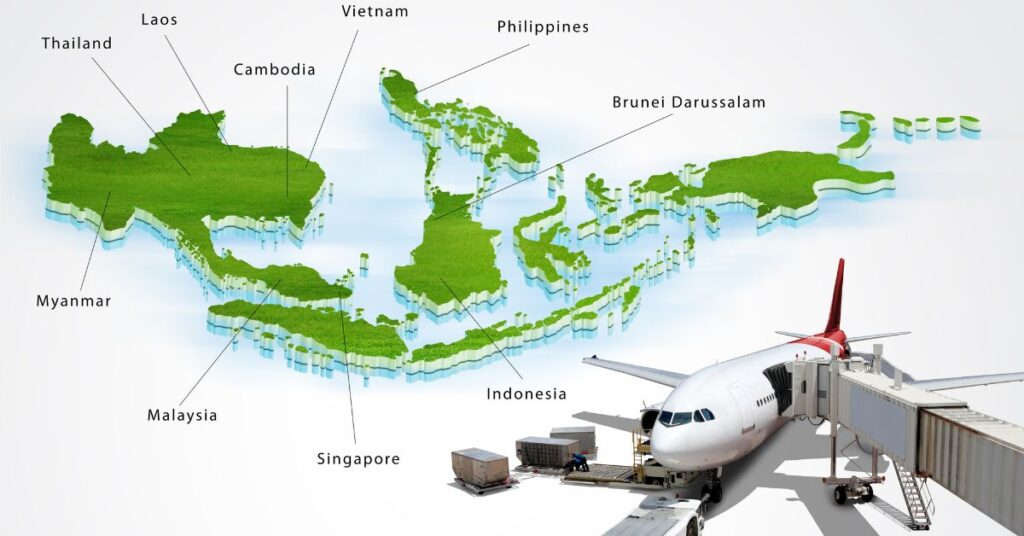Amidst the changing landscape of global trade, ASEAN countries find themselves confronted by the resurgence of protectionist sentiments. This article examines the domestic and international factors that shape the ASEAN response to the rise of protectionism, highlighting the challenges and opportunities that lie ahead.
One of the primary drivers of the regional response to protectionism is the nature of ASEAN’s political economy. As an association of diverse economies with varying levels of development, ASEAN member states often have divergent interests and policy priorities (Jones & Smith, 2019). Consequently, some nations may adopt protectionist measures to safeguard their domestic industries, while others pursue greater trade liberalization to enhance competitiveness.
At the international level, the escalating US-China trade war has spurred concerns over the potential fragmentation of global trade networks. This development has prompted ASEAN to prioritize economic integration, leveraging the Regional Comprehensive Economic Partnership (RCEP) as a means to mitigate the adverse effects of protectionism (Ravenhill, 2020). Furthermore, ASEAN has sought to diversify its trading partners, engaging with countries like India, Australia, and New Zealand to reduce dependence on the US and China (Basu Das, 2021).
In the face of rising protectionism, ASEAN has also focused on domestic capacity building to enhance its resilience. Investments in human capital, infrastructure, and technological innovation are essential for the region to remain competitive in the global market (Chia, 2018). Furthermore, strengthening regional governance and regulatory frameworks can foster a more conducive environment for trade and investment (Urata, 2020).
Another crucial factor in ASEAN’s response to protectionism is the role of regional institutions. The ASEAN Secretariat, for instance, plays a pivotal role in coordinating member states’ efforts to resist protectionist pressures and promote regional integration (Severino, 2018). Additionally, the ASEAN Economic Community (AEC) serves as a platform for member countries to deepen economic cooperation and enhance their collective bargaining power in global trade negotiations (Tang, 2019).
In conclusion, ASEAN’s response to the rise of protectionism is shaped by a complex interplay of domestic and international factors. The challenges posed by protectionism require a multifaceted approach, encompassing regional integration, capacity building, and institutional cooperation. By addressing these challenges, ASEAN can continue to strengthen its position as a key player in the global trade arena.
References:
Basu Das, S. (2021). ASEAN’s Quest for Diversification: Trade and Investment Partners beyond the US and EU. South Asia Economic Journal, 22(1), 61-81.
Chia, S. Y. (2018). ASEAN Economic Integration: Progress, Challenges, and Future Agenda. Asian Economic Papers, 17(1), 1-26.
Jones, L., & Smith, M. (2019). Political Economy and the Study of ASEAN. Journal of Contemporary Asia, 49(1), 1-21.
Ravenhill, J. (2020). The Political Economy of the ASEAN Regional Comprehensive Economic Partnership. The Pacific Review, 33(5-6), 527-545.
Severino, R. C. (2018). The ASEAN Secretariat’s Role in the ASEAN Economic Community. Journal of Southeast Asian Economies, 35(1), 1-15.
Tang, G. (2019). The ASEAN Economic Community: Progress, Challenges, and Prospects. The World Economy, 42(6), 1636-1652.
Urata, S. (2020). ASEAN’s Response to the Changing Global Trade Environment. Journal of Southeast Asian Economies, 37(1), 1-20.











